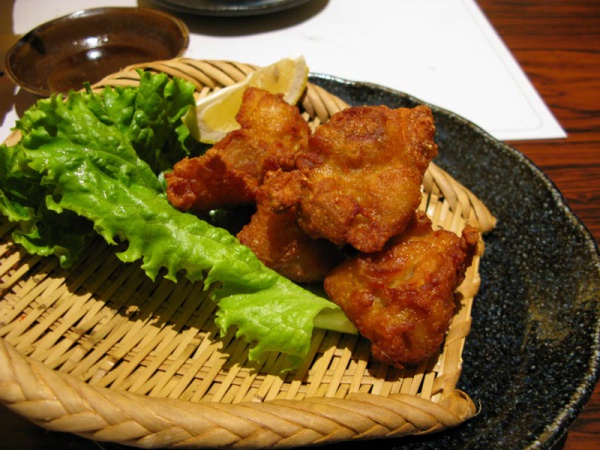Facts About Karaage
Karaage is a delectable Japanese cooking technique that involves deep-frying foods, most commonly chicken, but also other meats and fish. What distinguishes karaage is its preparation: the food is first marinated and then lightly coated with flour, potato starch, or cornstarch before being fried. This contrasts with tempura, which uses a batter coating and omits the marination step.
Typically, karaage is served on its own or accompanied by rice and shredded cabbage. A popular variation is to wrap it in green perilla leaves and lettuce, adding a fresh, vibrant element to the dish.
The origins of karaage date back to the 1920s at the Toyoken restaurant in Beppu, Japan. It gained prominence during the food shortages following World War II and has roots in Chinese frying techniques, sharing some similarities with Edo-period tempura preparation. Over the years, karaage has become a beloved staple of Japanese cuisine, especially its fried chicken form. It is widely available, from convenience stores to food stalls, and is even celebrated at events like the Oita Karaage Festival, where unique versions of the dish are showcased.
Karaage has also made its mark in popular culture. It has been featured in the anime and manga series "Shokugeki no Souma" and received praise from the renowned chef Anthony Bourdain. Different regions in Japan have their own interpretations of karaage, such as Zangi from Hokkaido, Tebasaki from Nagoya, Toriten from Oita, Chicken Nanban from Miyazaki, and Gurukun no Kara-age from Okinawa. There is also a Korean variant called Dakgangjeong, a similar fried chicken dish with a sweet and spicy sauce.
